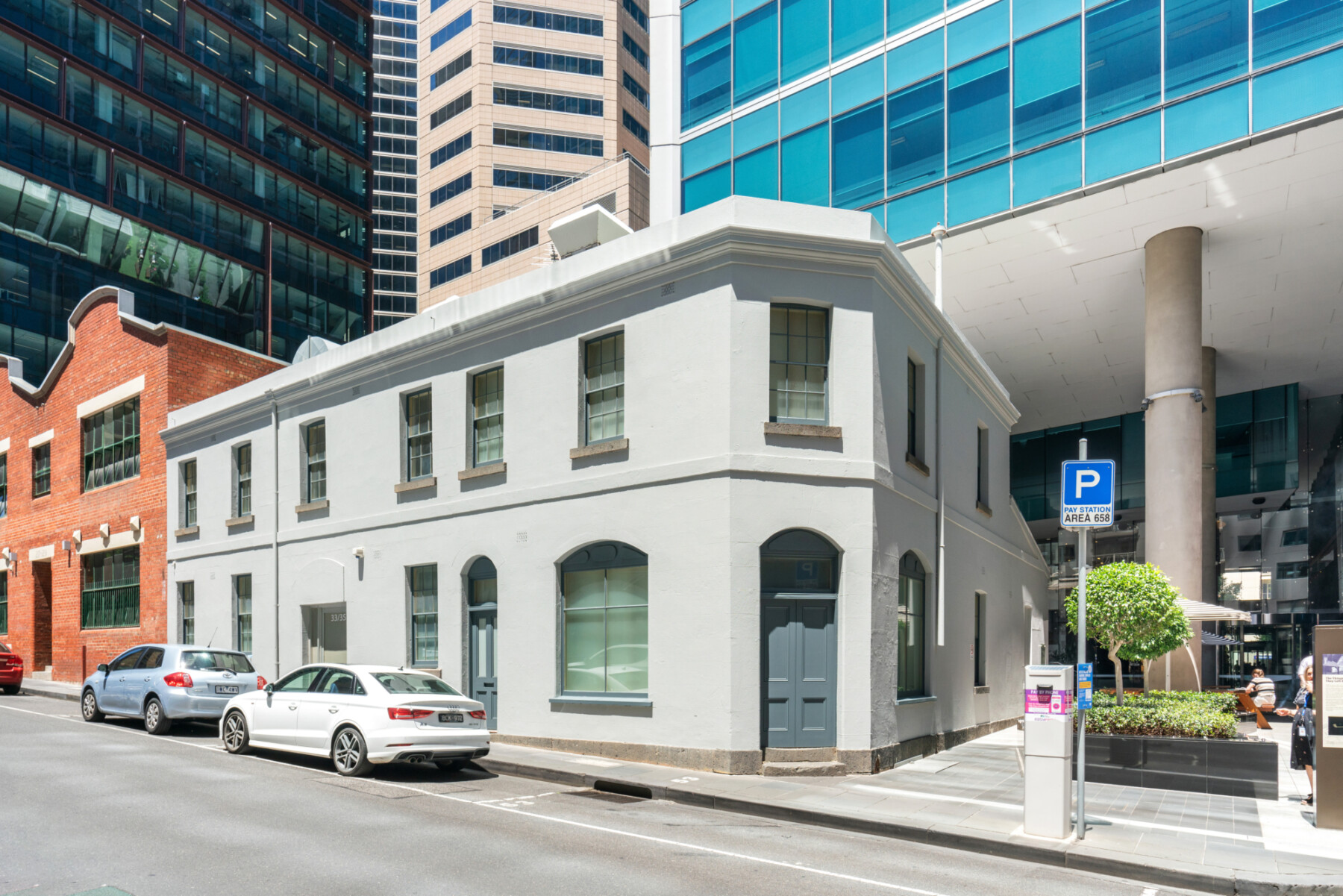Operators have an opportunity to become part of the Melbourne CBD’s famous hospitality scene lineage with the offering for the lease of the former Oddfellows Hotel - one of the city’s oldest surviving buildings.
Fitzroys’ James Lockwood and Franklin Gikas, in conjunction with Mitchell Humphreys of Future Proof, are offering the building at 33-35 Little Lonsdale Street, bookending Madame Brussels Lane and Spring Place, on behalf of ISPT.
Expressions of Interest close 5pm Wednesday, 13 March.
Recently having undergone a light refurbishment, the building comprises 562sqm over two levels, plus rooftop terrace and spacious laneway beer garden.
“This is an incredibly rare landmark heritage hospitality opportunity in a prime position in the Melbourne CBD's dynamic East End,” Lockwood said.
“Operators have the chance to become part of the lineage of Melbourne CBD’s famous hospitality scene.” he said.
“There’s a lot of history in this building and we’re looking for a good operator to revive it. It’s suited to a mix of publican, restaurant, function space and bar and lounge operators. It’s ready for a new chapter.”
The building is surrounded by iconic eateries including Sunda, Gingerboy, Longrain, Ho Chi Mama, Daughter in Law, Bodega Underground, Florentino, Bombabar and Pellegrini’s.
It was constructed in stages between 1848 and 1853, started by carpenter Henry Charles Wills, who built a single-storey cottage with a carpenter’s yard for himself, before building a large house with a cellar and 15 rooms, part of which became what was known as the Odd Fellows Hotel.
It was associated with the Little Lon district, a notorious area associated with the city’s poorest residents, crime and prostitution. It was also home to many immigrant groups, particularly of Chinese heritage.
Along with many others in the city, the hotel lost its licence due to licenses reduction laws introduced in 1906, and closed in 1912. The building was then used as a furniture manufacturing workshop and in 1914 bought by well-known missionary and social reformer Cheok Hong Cheong, and was occupied by Chinese cabinet makers until 1948 when it was acquired by the Commonwealth government.
The building was restored in the 1990s with the interiors refurbished for commercial use, an extension was added at the rear over 2005 and 2006 and the building was converted to a bar and restaurant. The building’s original façade remains largely intact, standing as an incredibly rare demonstration of the commercial buildings once common in the city, in this case in the Colonial George style.
Gikas said, “The Melbourne CBD continues to undergo a post-COVID period of renewal.”
“The recession of the 1990s was followed by innovation and new business activity. We’re seeing a similar pattern of new hospitality venues opening, laneways being activated and inner-city living taking off again,” he said.
“Over the past year we’ve seen CBD pedestrian numbers rebound and exceed 2019 levels. Hospitality venues have reported increased bookings through the week and Thursday has become the new Friday as workers begin to wind down from their week in the office. We’re then still seeing the usual influx of visitors on Friday nights and across the weekends, supported further by the return of international students to the city.”
